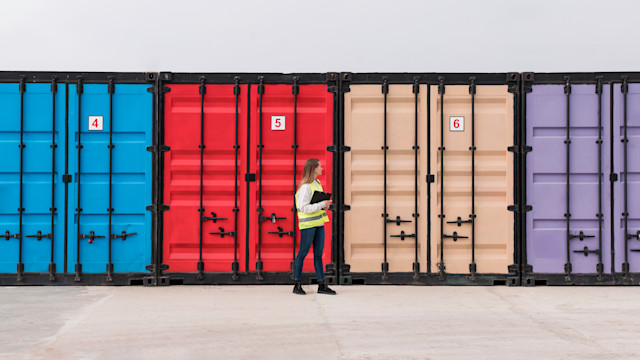9 July 2024
Container loading: the differences

Explore the crucial distinctions between pallet loading and hand loading for containers.
Our comprehensive article walks you through the loading methods, optimizing space, and ensuring safety in transportation.
Index:
1. How much can a 40-foot container carry?
2. How many tons can a container carry?
3. How much can a 20-foot container carry?
Introduction to Container Loading
Container loading is an art that requires precision and planning. Whether it's pallet loading or hand loading, each method has its specificities that influence transport efficiency and cargo safety.
Types of Loading: Pallet vs. Manual
Pallet loading is preferred for its speed and ease of handling with equipment such as forklifts. In contrast, hand loading is often necessary for irregular goods that cannot be easily palletized but requires more time and labor.
Capacity and Limitations of Containers
A standard 40-foot container can typically carry up to 28-30 tons of cargo, while the internal dimensions provide sufficient space to effectively organize pallets. It's essential to know loading capacities to avoid damaging overloads.
Safety Considerations and Space Optimization
Safety and space optimization are crucial. Properly loading a container minimizes the risk of damage during transportation and maximizes the efficiency of available space, reducing shipping
Questions & Answers:
1. How much can a 40-foot container carry?
A 40-foot container can typically carry up to 28-30 tons, depending on the type of cargo and loading method.
2. How many tons can a container carry?
The maximum capacity of a container can vary, but for standard 20 and 40-foot containers, it's around 28-30 tons.
3. How much can a 20-foot container carry?
A 20-foot container generally can carry up to approximately 25 tons of cargo.
Want to optimize your container loading? Contact us for customized solutions that ensure safety and efficiency in transporting your goods!